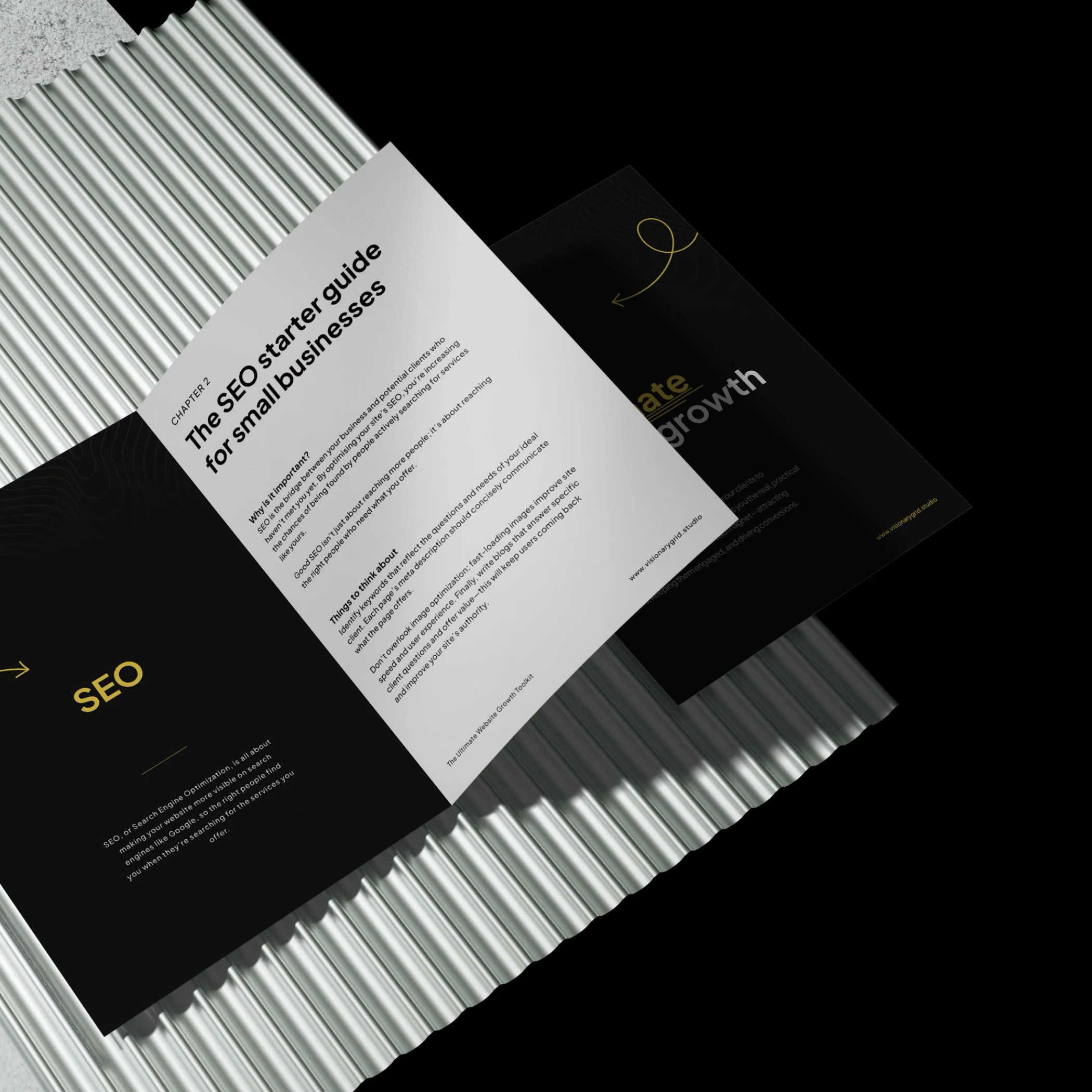Webflow vs. WordPress vs. Squarespace: Navigating the Best Platform for Your Business Website
February 15, 2024
When creating a website for your company, many businesses find themselves at a crossroads, choosing between three giants of web design and development: Webflow, WordPress, and Squarespace. While each platform has its strengths, for businesses aiming to blend user-friendliness with the scope to grow and adapt, Webflow emerges as the front-runner. Let's dive into why Webflow might just be the platform your business needs.
Ease of Use: Simplifying the Web Design Process
WordPress
WordPress is a behemoth in the website creation realm, offering flexibility and a vast ecosystem. However, its interface and customisation options often require a decent grasp of coding or the patience to learn its intricacies.
Squarespace
Squarespace, on the other hand, markets itself on simplicity and design, offering beautiful templates and a drag-and-drop interface. It's user-friendly, no doubt, but this ease of use comes at the cost of deeper customisation options. Many businesses find it a fantastic starting point but will shortly run up against its limitations and require something more bespoke in the future.
Webflow
Webflow strikes a remarkable balance between the two, offering a visual design tool that feels like a hybrid between traditional design software and a web development platform. It provides the ease of Squarespace's drag-and-drop functionality with a level of control and customisation closer to what WordPress offers but without the steep learning curve or reliance on plugins.
Customisation and Flexibility: Crafting Unique Digital Experiences
WordPress
WordPress shines with its endless plugins and themes, allowing for extensive customisation if you have the coding chops or the budget to hire a developer.
Squarespace
Squarespace provides a more limited selection of templates and customisation options. While its designs are sleek and professional, businesses may find themselves boxed in by the platform's constraints, unable to fully realise their unique brand vision.
Webflow
Webflow, however, empowers designers with the ability to create bespoke designs without coding. Its design-first approach, coupled with the ability to insert custom code, offers a sweet spot for businesses looking to stand out without getting bogged down in technical details.
Performance and Speed: Ensuring Swift User Experiences
WordPress
WordPress sites can vary greatly in speed, influenced by theme choices, plugin load, and hosting quality. Achieving optimal performance often requires regular maintenance and optimisation efforts.
Squarespace
Squarespace provides consistent performance thanks to its all-in-one platform approach, but the lack of control over hosting options means businesses are at the mercy of Squarespace's infrastructure.
Webflow
Webflow boasts optimised code output and responsive designs that naturally lead to faster loading times. The platform's hosting is powered by Amazon Web Services and Fastly, ensuring high performance and reliability without the need for constant tinkering or third-party services.
SEO Capabilities: Maximising Visibility
WordPress
WordPress offers advanced SEO tools through plugins like Yoast SEO, but utilising these effectively can be overwhelming for novices.
Squarespace
Squarespace has built-in SEO features that cover the basics well, making it a good option for those who prefer a hands-off approach.
Webflow
Webflow combines the best of both, offering easy-to-use, integrated SEO tools that don't skimp on depth. Customisable meta tags, automatic sitemaps, and clean code practices help businesses improve their search rankings with minimal effort.
Security and Maintenance: Keeping Your Site Safe
WordPress
WordPress requires regular updates and maintenance to keep security tight, which can be a hassle for businesses without a dedicated web team.
Squarespace
Squarespace, being a closed system, handles security and updates internally, reducing the workload on users but also limiting control.
Webflow
Webflow also manages security and updates behind the scenes, offering peace of mind without sacrificing flexibility. The platform's commitment to automatic scaling ensures that websites remain secure and performant even as they grow.
Pricing and Costs: Understanding the Investment
WordPress
WordPress itself is free, but ancillary costs (hosting, themes, plugins, security) can add up. While it offers flexibility, businesses must carefully manage these expenses to avoid budget overruns.
Squarespace
Squarespace operates on a subscription model, with straightforward pricing that includes hosting. While this can be cost-effective for small sites, customisation limitations might push businesses toward more expensive tiers or additional services.
Webflow
Webflow also uses a subscription model but with a clear emphasis on delivering value through scalability, performance, and design flexibility. While initially seeming pricier than Squarespace or the base cost of WordPress, Webflow's all-in-one solution often results in lower total costs when factoring in the reduced need for plugins, external tools, and developer fees.
Why Webflow Stands Out
Having used all of the options available, Webflow distinguishes itself by marrying the simplicity of Squarespace with the power and flexibility of WordPress, all without the common pitfalls of either. For businesses keen on crafting a unique digital presence without getting entangled in technicalities, Webflow offers (in my opinion) the best solution on the web. Its user-friendly interface, combined with unparalleled design flexibility means you can easily get a unique digital presence that can grow and adapt as your business changes.
Are you using a Squarespace or WordPress site and want to elevate your business's digital presence? Get in touch today for a no-obligation website audit.

Grab our PDF toolkit to transform your website into a client magnet
Are visitors coming to your site but leaving too soon? This toolkit has everything you need to make your website a client-generating powerhouse, from boosting visibility on Google to creating an experience that keeps visitors engaged and ready to take action.
Inside, you’ll get insights on:
- Improving SEO so clients find you first
- Designing a smooth user experience to reduce drop-offs
- Crafting clear, engaging messages that build trust
Get 5 conversion fixes you can ship this week
Free Loom. Fix List (5). Pitch-ready hero section. Delivered in 48 hours. No call.
Send me my 5 fixes (FREE, 48h)